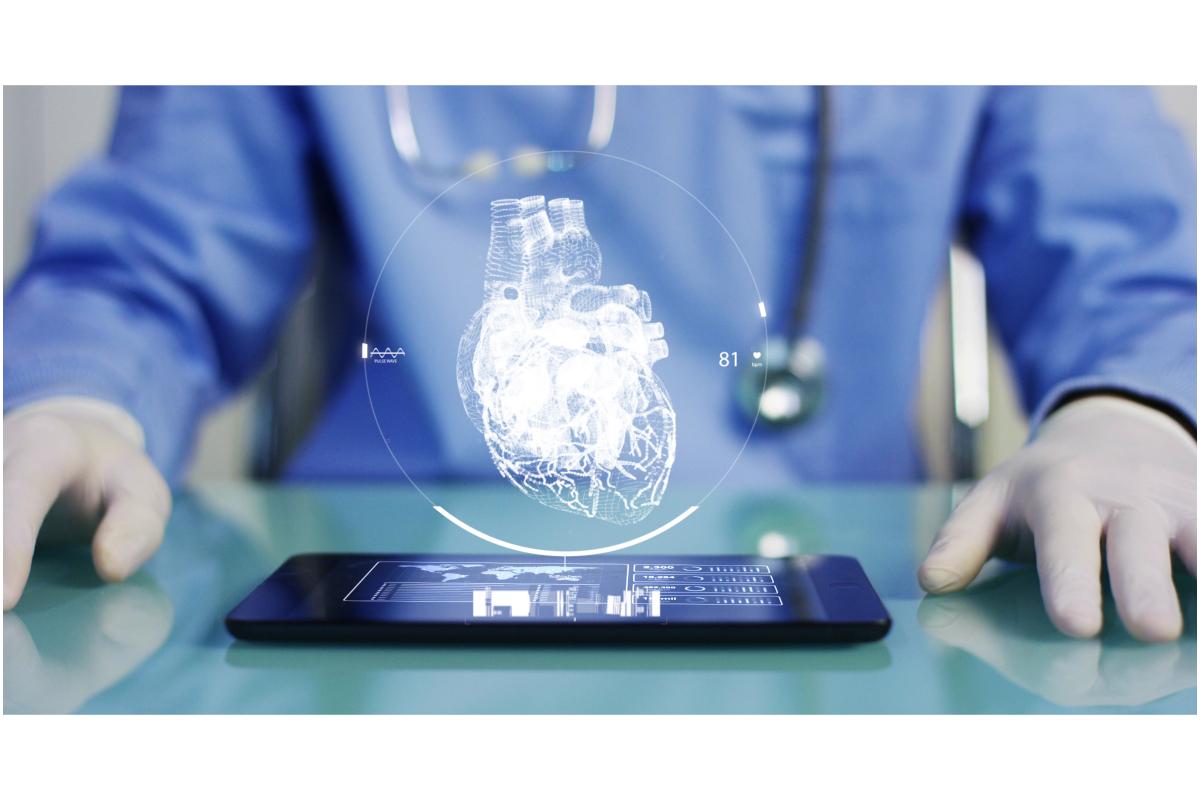Innovative tech ideas to improve the patient experience

From smartwatches that track your steps, sleep and even blood pressure to virtual assistants’ move into the healthcare space, technology has become fully integrated into the world of medicine.
As technology continues to transform medicine, you may soon have digital scribes to expedite patient documentation, chatbots to help clarify misconceptions for your patients and digital health apps to help you monitor patients’ symptoms from afar.
Technology doesn’t only benefit doctors. Many patients prefer to schedule appointments online, receive text message reminders and see providers via telehealth appointments. But what about when patients do come to your office for an in-person appointment? Can technology improve their experience there, too?
Learn how some of the technological advances available at larger hospitals can be applied to your outpatient practice.
Share treatment information digitally with QR codes
In a 2020 study published in the American Academy of Orthopaedic Surgeons, doctors placed a QR code on the cast of pediatric patients who were treated for fractures. Instead of parents forgetting cast care instructions they received verbally or losing the written instructions, they could now scan the code and instantly receive this information online. Out of the 50 patients who participated in the study, 82% were very satisfied with the convenience of a QR code. Thirty-two patients used the QR code, and 19 said the information online answered their questions so they didn’t need to contact their physician.
QR codes can provide a similar convenience for your patients. Creating a business QR code is easier than building a website. You can place the code wherever you’d like, such as on your office door, in patient rooms or on business cards. A quick scan of the code links patients directly to your page, where they can find up-to-date information about office hours and your contact information. You can also use the page to add links to your social media or medical associations so that your patients can have access to the most up-to-date information.
If you’re prescribing medication for a patient, a 2019 study found that QR codes can reduce the number of medication usage errors. Think about creating QR codes for the most common medications you prescribe.
Help them learn while they wait
No matter how hard you try, your patients will probably need to wait to see you once they’ve checked in. Instead of flipping through magazines or surfing the internet on their phone, what if that time could be used effectively?
At Elmhurst Hospital in Queens, New York, patient education increased by 93% by making educational videos available on demand in each room. One way to apply this concept to your offices is by posting signs with links to trusted YouTube videos that can help patients learn more about their symptoms or diagnosis while they wait.
In-room entertainment
Cedars-Sinai hospital in Los Angeles first introduced Avia to their patients through a 2019 pilot program. This virtual assistant-powered device was placed in patient rooms, allowing them to listen to music, turn the TV on and off and even page a nurse. The trend is slowly catching on as in-patient rooms become “smart rooms.” Recently, Stanford Hospital in California began to offer patients the opportunity to order in-room healing services like massage, art therapy and music therapy through similar devices.
Installing a virtual assistant, like an Amazon Echo or a Google Home, in your treatment rooms can give patients the opportunity to listen to music, play games or even hear some jokes while they wait for you to see them. By the time you walk in the door, they’ll be happy, relaxed and maybe even laughing.
Join the conversation
Would you like to have your voice heard throughout the industry when it comes to patients and their needs? Sign up today to participate in medical survey panels with All Global Circle. Plus, access a sign-on bonus of up to $50 (or equivalent to your country’s currency).
instructions for patients
Most elderly patients are not computer savvy, some don't even have a computer, so they can't scan a code. Instructions written on a piece of paper work well for them.